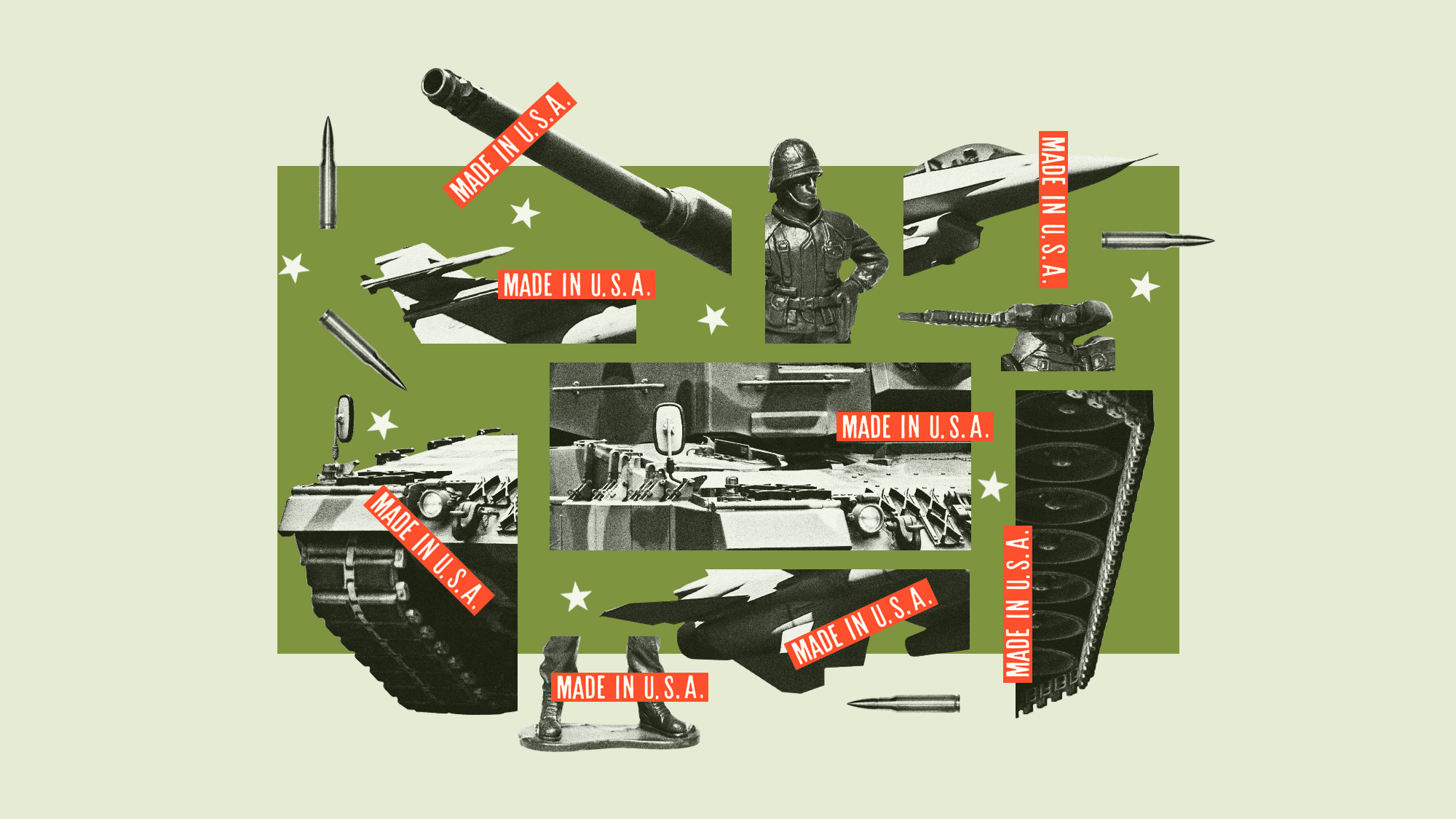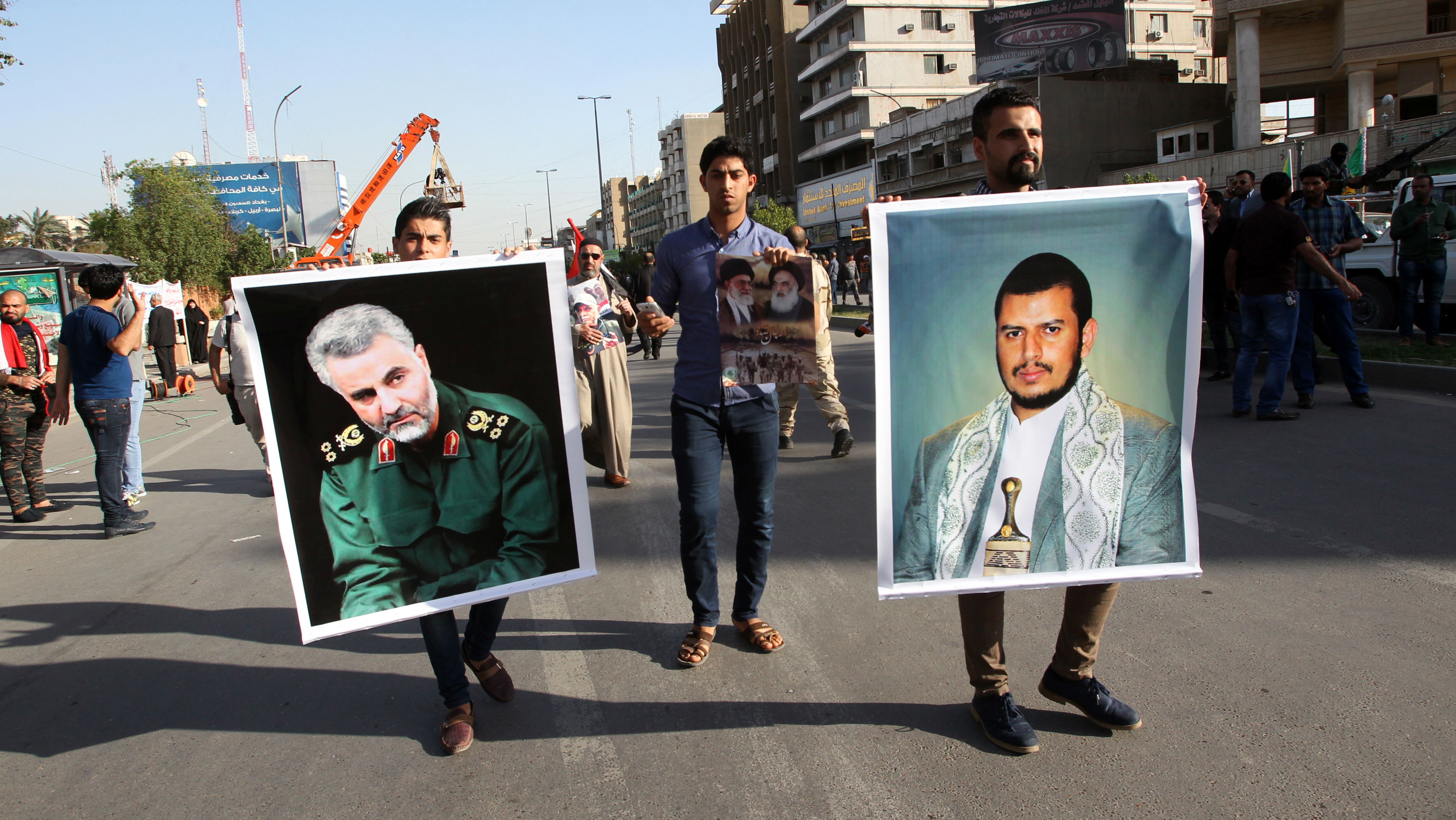Pearl Harbor shooting adds to tragic history of US military base
Japan’s WWII attack on Hawaii was 78 years ago this week

A US sailor has shot dead two workers and taken his own life at the Pearl Harbor military base in Hawaii.
The gunman also injured a third workman before shooting himself. The injured employee is in a stable condition, according to officials.
The shooting prompted a lockdown at Joint Base Pearl Harbor-Hickam, situated near Honolulu on the Hawaiian island of Oahu.
The Week
Escape your echo chamber. Get the facts behind the news, plus analysis from multiple perspectives.

Sign up for The Week's Free Newsletters
From our morning news briefing to a weekly Good News Newsletter, get the best of The Week delivered directly to your inbox.
From our morning news briefing to a weekly Good News Newsletter, get the best of The Week delivered directly to your inbox.
All three victims were civilian employees of the US defence department.
Rear Admiral Robb Chadwick said the shooter had been tentatively identified as an active duty serviceman assigned to the USS Columbia submarine, the BBC reports.
“Obviously our thoughts are with the families of the victims and everyone involved,” said Rear Adm. Chadwick.
The military base has a tragic history, having been the target of a Japanese assault during the Second World War 78 years ago this week.
A free daily email with the biggest news stories of the day – and the best features from TheWeek.com
The WWII attack on Pearl Harbor
On the morning of 7 December 1941, Japan launched a surprise attack on the US naval base at Pearl Harbor.
The Japanese government wanted to declare war on the US before that attack to remain in accordance with international law, but the military ruled this out because it could risk the success of the operation, says history.com.
Six aircraft carriers and 420 planes made a 3,500-mile journey from Japan to an area 230 miles off the Hawaiian island of Oahu.
The US missed and ignored several warnings that an attack was imminent. Pearl Harbor commanders received “war warning” dispatches on 27 November and were instructed to “execute appropriate defensive deployment”, says Encyclopaedia Britannica.
Four hours before the decisive moment, a Japanese submarine was sighted by the minesweeper USS Condor. Elsewhere, a soldier training with radar software noticed a large flight of planes on the screen but was told to ignore it because US planes were scheduled to arrive near that time.
At 7.55am local time, the Japanese attack began. It came in two separate waves, each made up of around 180 Japanese aircraft. The first wave was packed with torpedo planes, bombers and fighters, while the second had no torpedo planes but more dive bombers.
The USS Arizona battleship exploded into flames as it was hit, killing more than 1,100 service people, including Rear Admiral Isaac C. Kidd and the ship’s commanding officer, Captain Franklin Van Valkenburgh.
Overall, 2,403 Americans were killed, 1,178 were injured and six US ships were sunk. A total of 169 US planes were also destroyed.
The following day, President Franklin D. Roosevelt called for a formal declaration of war on the Empire of Japan, which Congress passed less than an hour later.
The UK declared war on Japan nine hours earlier than the US, largely thanks to Winston Churchill’s promise to Roosevelt that he would declare war “within the hour” of any Japanese attack on the US.
-
 Is Europe's defence too reliant on the US?
Is Europe's defence too reliant on the US?Today's Big Question As the UK and EU plan to 're-arm', how easy will it be to disentangle from US equipment and support?
-
 Houthi rebels claim Red Sea ship attacks
Houthi rebels claim Red Sea ship attacksspeed read Iran-backed Yemeni group vows to escalate aggression towards Israel-linked vessels in revenge for Gaza war
-
 How US involvement in Vietnam War influenced foreign policy decisions for 50 years
How US involvement in Vietnam War influenced foreign policy decisions for 50 yearsfeature Lessons from the Vietnam War remain prism through which US views armed conflicts
-
 ‘Squid teeth’ could be used by US army for ‘self-repairing’ robots
‘Squid teeth’ could be used by US army for ‘self-repairing’ robotsSpeed Read Military scientists hope cephalopods could also be the secret to building ‘self-fixing’ uniforms
-
 ‘Eclipses the death of Bin Laden’: reaction to US killing of top Iranian general
‘Eclipses the death of Bin Laden’: reaction to US killing of top Iranian generalIn Depth Death of Qasem Soleimani ‘one of biggest developments in the Middle East for decades’
-
 What does ‘winning’ in Afghanistan look like?
What does ‘winning’ in Afghanistan look like?Speed Read How US strategy has slowly shifted in face of growing Taliban confidence
-
 Ecstasy named 'breakthrough therapy' for PTSD
Ecstasy named 'breakthrough therapy' for PTSDSpeed Read MDMA therapy could be rolled out for US Army after successful trial
-
 US Seventh Fleet commander replaced after deadly Pacific collision
US Seventh Fleet commander replaced after deadly Pacific collisionSpeed Read Joseph Aucoin has been relieved of his duties following the fleet's fourth accident since January


